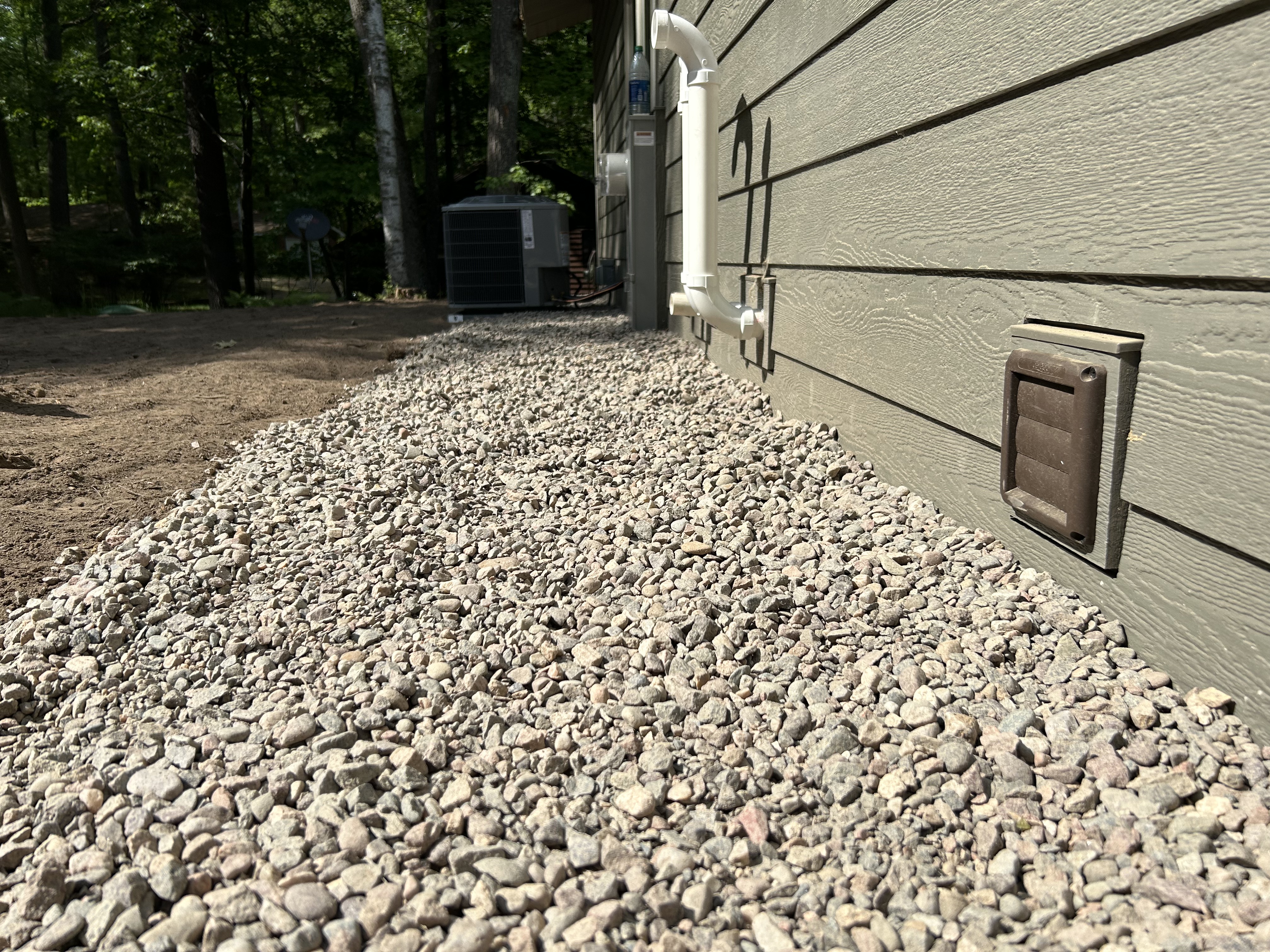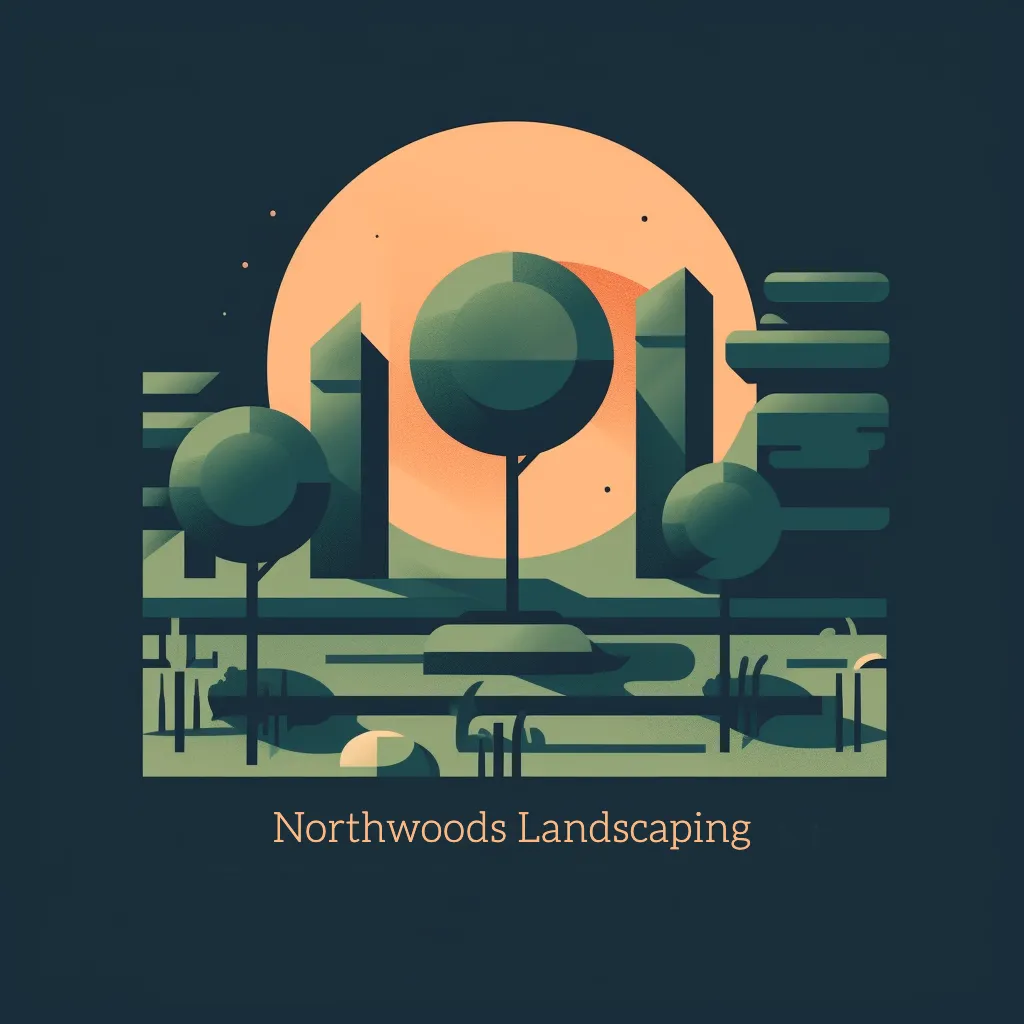Blog > What is Hardscaping?
What is Hardscaping?
Hardscaping is a vital aspect of landscape design, transforming the outdoor areas of properties into more functional, appealing, and enjoyable spaces. It refers to the non-living, hard elements that become part of a landscape, such as walkways, patios, retaining walls, driveways, fire pits, and other structures built with hard materials like concrete, stone, wood, or metal. This blog will delve into the concept of hardscaping, its benefits, components, and how it contributes to creating a balanced, harmonious outdoor living space.
While hardscaping may seem to play a secondary role compared to the vibrant and dynamic aspects of a landscape – the trees, plants, flowers, grass – it's often the backbone of a successful landscape design. It provides structure and organization, guiding the flow and use of space while setting the stage for the softer elements of the landscape.

The Benefits of Hardscaping
Hardscaping offers numerous benefits. Firstly, it adds functionality to your landscape. Well-designed walkways, patios, and seating areas invite homeowners and guests to step outside and make use of the outdoor spaces. For instance, a beautifully hardscaped patio can serve as an extension of your living space, providing a spot for dining, entertaining, or simply relaxing outdoors.

Moreover, hardscaping enhances the visual appeal of your property. It adds texture, color, and form, creating contrasts with the softer, organic shapes of the garden. Well-placed structures can create a focal point, lead the eye through the landscape, or provide a sense of surprise and discovery. It's also a way to express your personal style and make your outdoor space truly unique.
Hardscaping can also contribute to sustainable landscaping. It can assist in soil erosion management, especially in sloped yards, by using retaining walls or terracing. Hardscaped areas can also reduce the amount of water-demanding vegetation in your yard, contributing to water conservation. Some hardscape materials, such as permeable pavers, can help manage stormwater runoff, preventing water logging and soil erosion while replenishing groundwater supplies.
Components of Hardscaping
There are many components to hardscaping, each serving a different purpose. Patios and decks, for example, are perfect for creating an outdoor living area for relaxing and entertaining. They serve as the foundation for outdoor furniture, grills, and other elements that make outdoor spaces livable and enjoyable.
Walkways and paths guide people through your landscape, protecting your lawn from foot traffic while adding charm and character. These can be made from various materials, such as brick, stone, gravel, or pavers, and can take on any form - straight, curved, wide, or narrow - depending on your preference and the layout of your yard.

Creating a balanced outdoor living space with hardscaping
Retaining walls are another critical aspect of hardscaping. They can help manage sloped terrain, prevent soil erosion, and even create additional usable space in your yard. In addition, retaining walls can be used to create raised garden beds, adding dimension and interest to your landscape design.

Other hardscaping components may include driveways, fire pits, fountains, arbors, pergolas, outdoor kitchens, or even a gazebo. The choice depends on your lifestyle, the size and characteristics of your property, and your personal preferences.
While hardscaping can add significant value and functionality to your landscape, it's important to strike a balance with the soft elements of the landscape – the plants, trees, and flowers. A landscape that's all hardscape might appear harsh and unwelcoming, while a landscape that's all softscape may lack definition
Got some questions about Hardscaping? Click the button below and we can answer any questions you might have about your hardscaping project.
Contact Us
Service Hours
Monday - Friday: 9:00 AM - 5:00 PM
Saturday: 10:00 AM - 2:00 PM
Sunday: Closed

Blog > What is Hardscaping?
What is Hardscaping?

Hardscaping is a vital aspect of landscape design, transforming the outdoor areas of properties into more functional, appealing, and enjoyable spaces. It refers to the non-living, hard elements that become part of a landscape, such as walkways, patios, retaining walls, driveways, fire pits, and other structures built with hard materials like concrete, stone, wood, or metal. This blog will delve into the concept of hardscaping, its benefits, components, and how it contributes to creating a balanced, harmonious outdoor living space.
While hardscaping may seem to play a secondary role compared to the vibrant and dynamic aspects of a landscape – the trees, plants, flowers, grass – it's often the backbone of a successful landscape design. It provides structure and organization, guiding the flow and use of space while setting the stage for the softer elements of the landscape.
The benefits of Hardscaping
Hardscaping offers numerous benefits. Firstly, it adds functionality to your landscape. Well-designed walkways, patios, and seating areas invite homeowners and guests to step outside and make use of the outdoor spaces. For instance, a beautifully hardscaped patio can serve as an extension of your living space, providing a spot for dining, entertaining, or simply relaxing outdoors.
Moreover, hardscaping enhances the visual appeal of your property. It adds texture, color, and form, creating contrasts with the softer, organic shapes of the garden. Well-placed structures can create a focal point, lead the eye through the landscape, or provide a sense of surprise and discovery. It's also a way to express your personal style and make your outdoor space truly unique.

Hardscaping can also contribute to sustainable landscaping. It can assist in soil erosion management, especially in sloped yards, by using retaining walls or terracing. Hardscaped areas can also reduce the amount of water-demanding vegetation in your yard, contributing to water conservation. Some hardscape materials, such as permeable pavers, can help manage stormwater runoff, preventing water logging and soil erosion while replenishing groundwater supplies.
Components of Hardscaping
There are many components to hardscaping, each serving a different purpose. Patios and decks, for example, are perfect for creating an outdoor living area for relaxing and entertaining. They serve as the foundation for outdoor furniture, grills, and other elements that make outdoor spaces livable and enjoyable.
Walkways and paths guide people through your landscape, protecting your lawn from foot traffic while adding charm and character. These can be made from various materials, such as brick, stone, gravel, or pavers, and can take on any form - straight, curved, wide, or narrow - depending on your preference and the layout of your yard.

Creating a balanced outdoor living space with hardscaping
Retaining walls are another critical aspect of hardscaping. They can help manage sloped terrain, prevent soil erosion, and even create additional usable space in your yard. In addition, retaining walls can be used to create raised garden beds, adding dimension and interest to your landscape design.
Other hardscaping components may include driveways, fire pits, fountains, arbors, pergolas, outdoor kitchens, or even a gazebo. The choice depends on your lifestyle, the size and characteristics of your property, and your personal preferences.

While hardscaping can add significant value and functionality to your landscape, it's important to strike a balance with the soft elements of the landscape – the plants, trees, and flowers. A landscape that's all hardscape might appear harsh and unwelcoming, while a landscape that's all softscape may lack definition
Got some questions about Hardscaping? Click the button below and we can answer any questions you might have about your hardscaping project.
Contact Us
(815) 298-4461
Service Hours
Monday - Friday: 9:00 AM - 5:00 PM
Saturday: 10:00 AM - 2:00 PM
Sunday: Closed

2021 | Northwoods Landscaping | All Rights Reserved